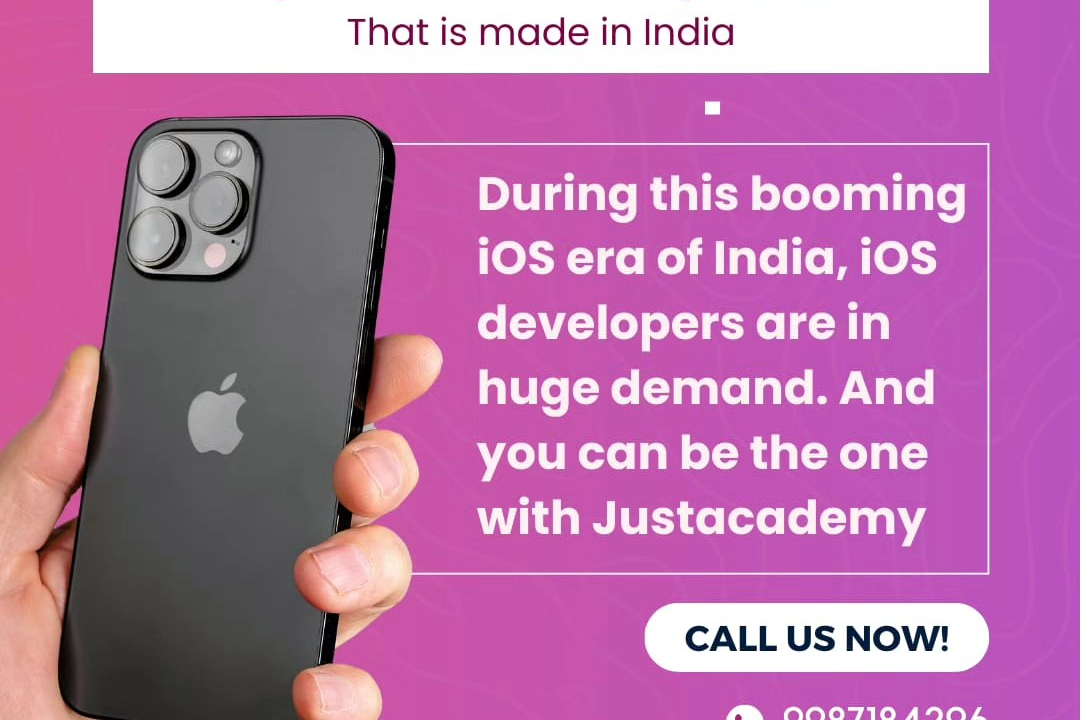Flutter For Supply Chain Apps
Building Supply Chain Applications with Flutter
Flutter For Supply Chain Apps
Flutter is an open-source UI software development toolkit created by Google, ideal for building natively compiled applications for mobile, web, and desktop from a single codebase. In the context of supply chain applications, Flutter offers a powerful framework for developing user-friendly and responsive interfaces that facilitate real-time tracking, inventory management, and logistics monitoring. Its rich set of pre-designed widgets and fast development cycles enhance productivity, enabling businesses to create robust applications that improve operational efficiency and provide a seamless experience for users across various devices. With Flutter's capabilities, supply chain managers can leverage technology to optimize processes, enhance communication, and gain insights that are critical for decision-making and overall supply chain improvement.
To Download Our Brochure: https://www.justacademy.co/download-brochure-for-free
Message us for more information: +91 9987184296
1 - Cross Platform Development: Flutter allows developers to write code once and deploy it across multiple platforms (iOS, Android, and web), making it efficient for developing supply chain applications that reach a broader audience.
2) High Performance: Flutter apps are compiled to native code, resulting in high performance and smooth user experiences, which is crucial for applications that manage real time supply chain data.
3) Fast Development: With features like hot reload, Flutter speeds up the development process, enabling students to quickly test their changes and see immediate results while building supply chain solutions.
4) Rich UI Components: Flutter provides a wide array of pre designed widgets, allowing students to create visually appealing and user friendly interfaces for supply chain management applications.
5) Customizable Widgets: Students can learn to create custom widgets for specific functionalities, enhancing their skills in designing tailored user experiences in supply chain contexts.
6) Integration with APIs: Flutter easily integrates with RESTful APIs and other web services, enabling students to connect their applications with various supply chain data sources for inventory, tracking, and logistics.
7) State Management Solutions: Flutter offers various state management options (e.g., Provider, Riverpod, BLoC), which are essential for managing complex data flows in supply chain applications.
8) Community Support: The Flutter community is large and active, providing ample resources, forums, and libraries, making it easier for students to find help and learn best practices for supply chain app development.
9) Dart Language: Flutter uses the Dart programming language, which is easy to learn for students. Dart’s syntax is similar to languages like Java and JavaScript, making the learning curve smoother.
10) Responsive Design: Supply chain applications often need to function across devices with different screen sizes; Flutter’s responsive design capabilities help students learn how to create adaptable applications.
11) Access to Native Features: Flutter allows students to access native device features (e.g., GPS, camera) directly, which can be beneficial for features like tracking shipments or scanning barcodes.
12) Testing and Debugging Tools: Flutter includes robust testing frameworks and debugging tools, providing students with the skills to write tests for their supply chain applications, ensuring quality and reliability.
13) Collaborative Development Tools: Students can learn about integrating version control systems like Git within their Flutter projects, fostering best practices in collaborative software development.
14) Focus on User Experience: Building supply chain apps in Flutter helps students understand the importance of UX/UI design, which is crucial in creating apps that users find intuitive and easy to navigate.
15) Real World Project Implementation: Offering students a chance to work on practical supply chain projects using Flutter gives them hands on experience, making their training relevant and enhancing their employability.
These points highlight the advantages of using Flutter for developing supply chain applications, making it an excellent choice for students in a training program focused on modern app development skills.
Browse our course links : https://www.justacademy.co/all-courses
To Join our FREE DEMO Session: Click Here
Contact Us for more info:
free pmp course
Gui Development
FLUTTER TRAINING IN Saunda
PMP certificate in india
best software testing course institute in chennai











